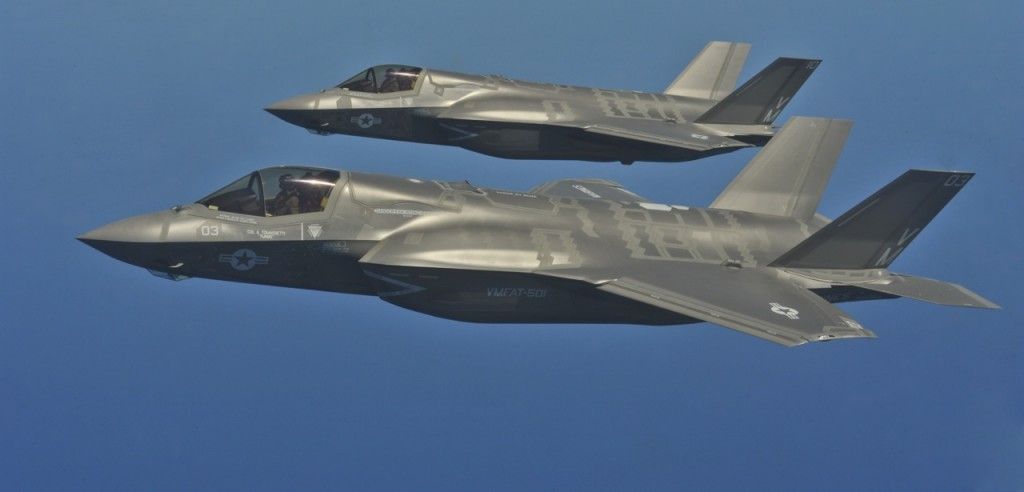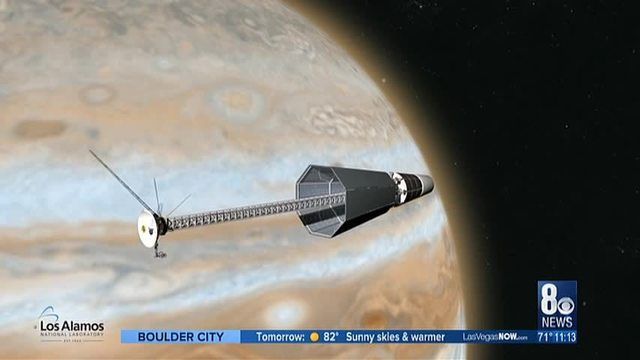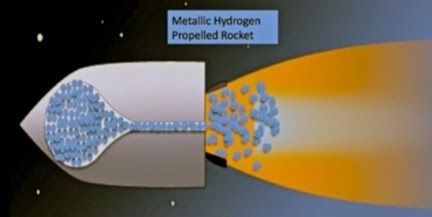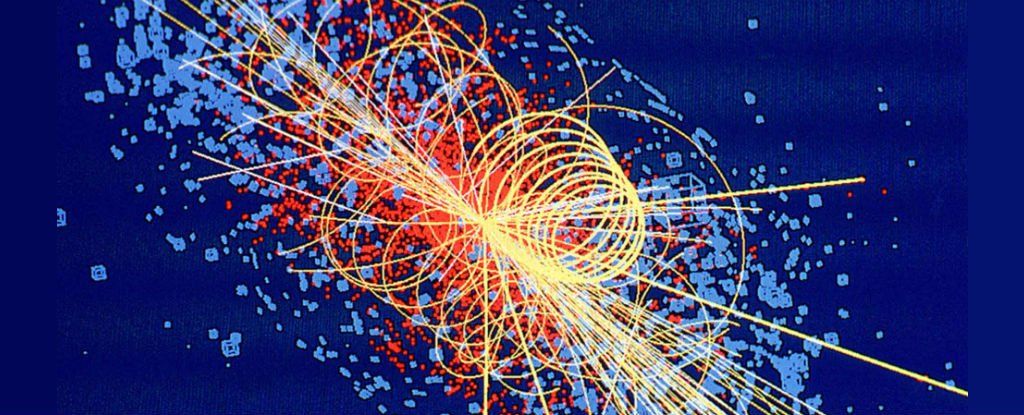Nov 5, 2016
AI takeover: Google’s ‘DeepMind’ platform can learn and think on it’s own without human input
Posted by Karen Hurst in categories: information science, robotics/AI
AI good for internal back office and some limited front office activities; however, still need to see more adoption of QC in the Net and infrastructure in companies to expose their services and information to the public net & infrastructure.
Deep learning, as explained by tech journalist Michael Copeland on Blogs.nvidia.com, is the newest and most powerful computational development thus far. It combines all prior research in artificial intelligence (AI) and machine learning. At its most fundamental level, Copeland explains, deep learning uses algorithms to peruse massive amounts of data, and then learn from that data to make decisions or predictions. The Defense Agency Advanced Project Research (DARPA), as Wired reports, calls this method “probabilistic programming.”


















